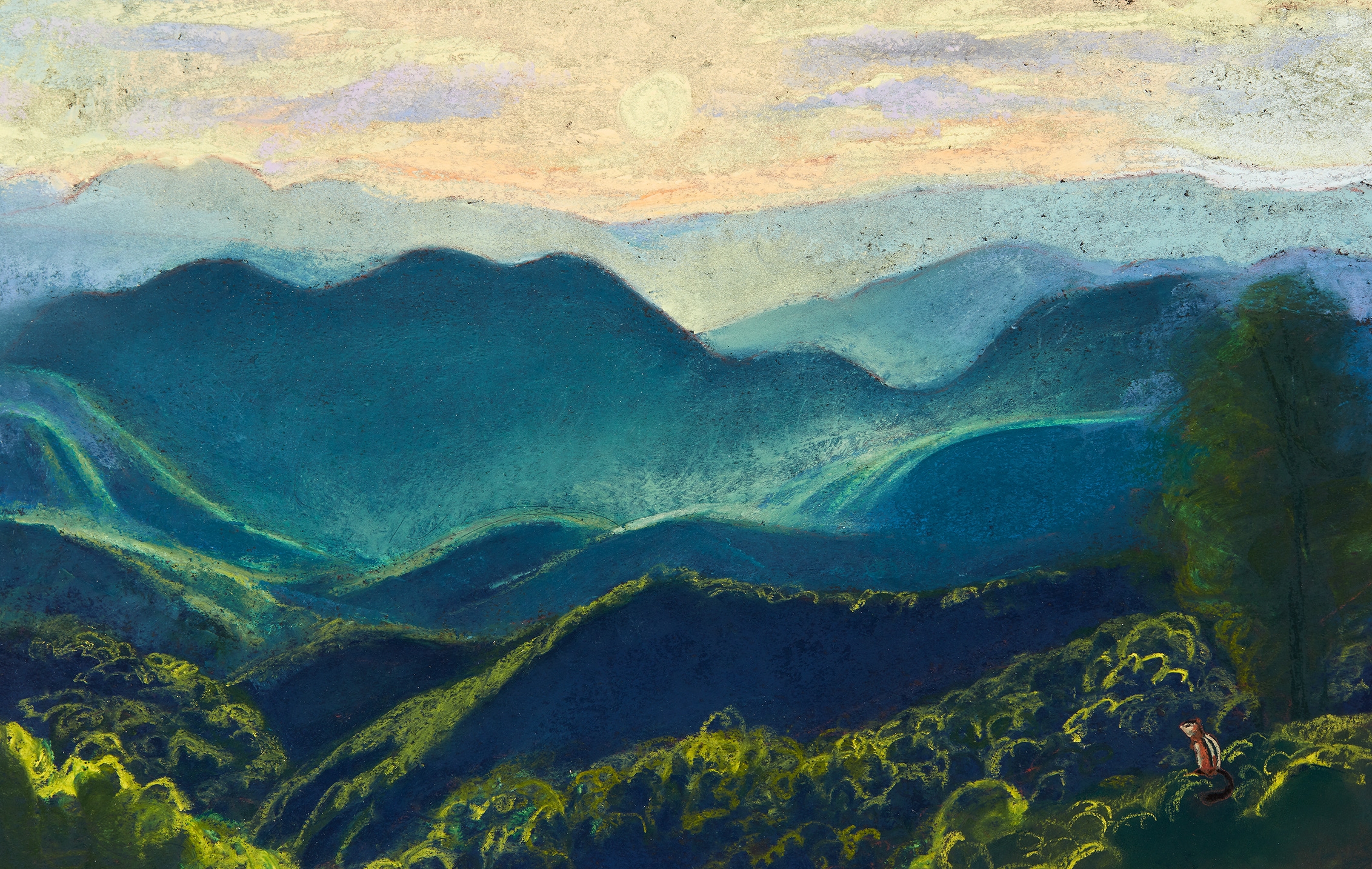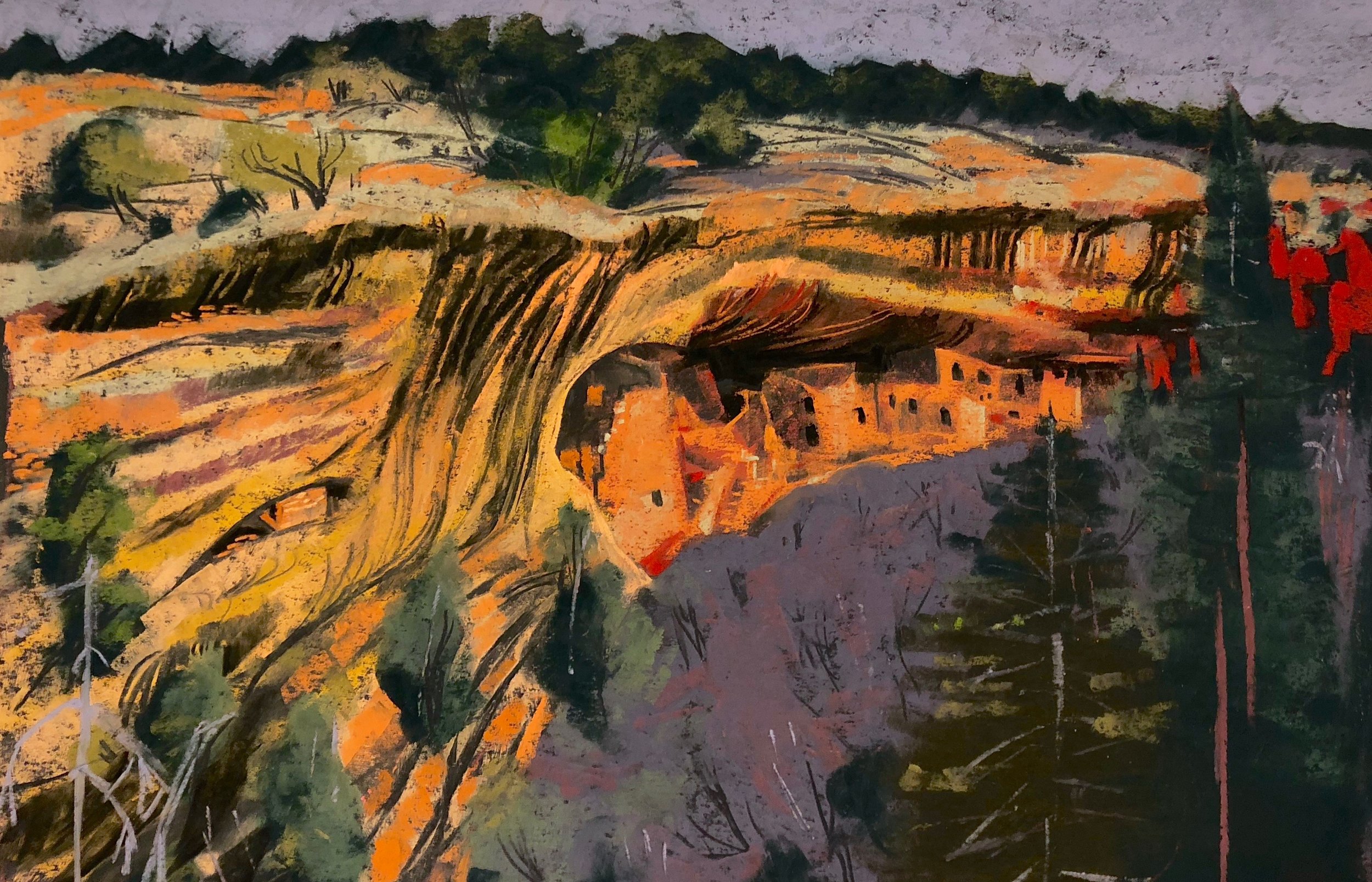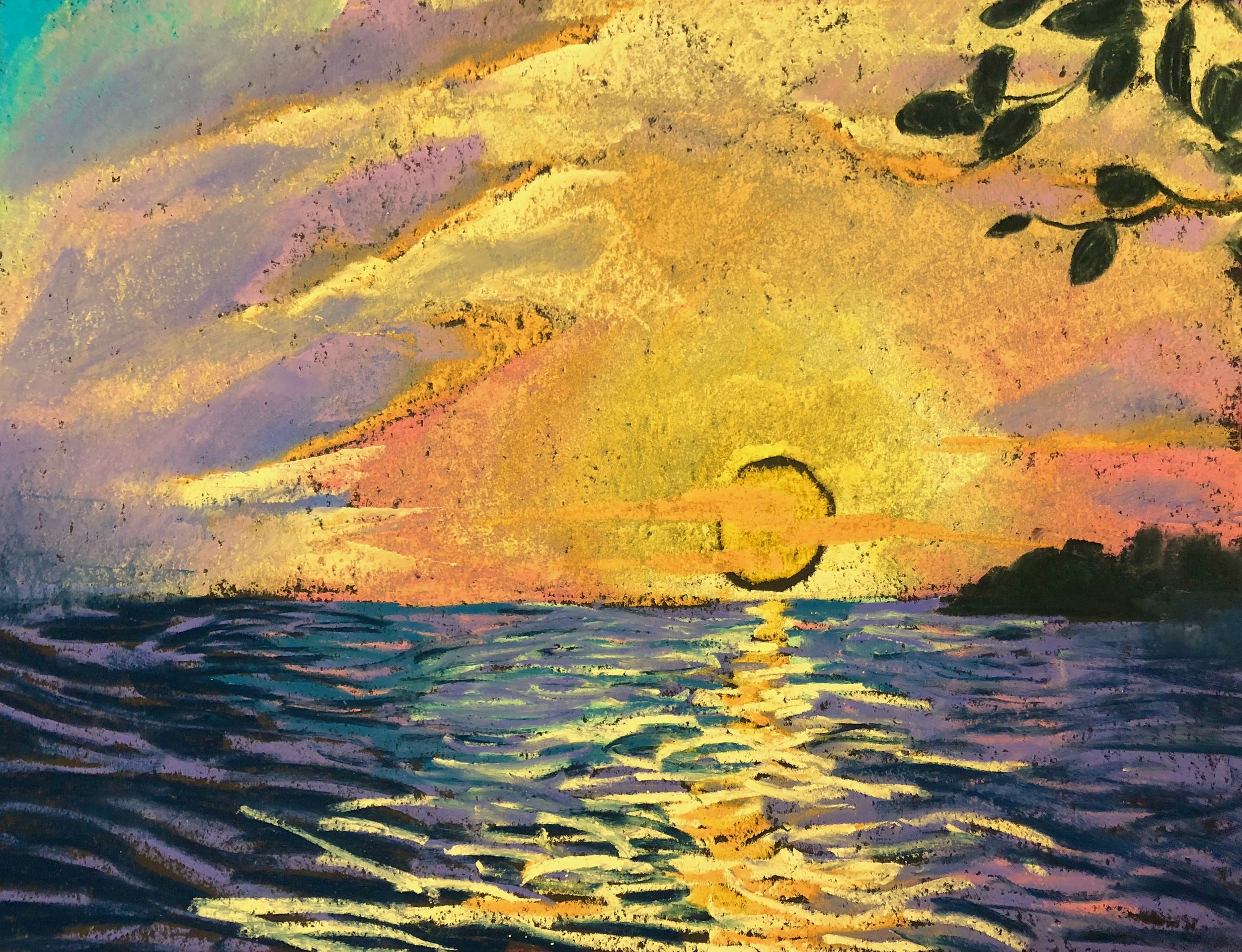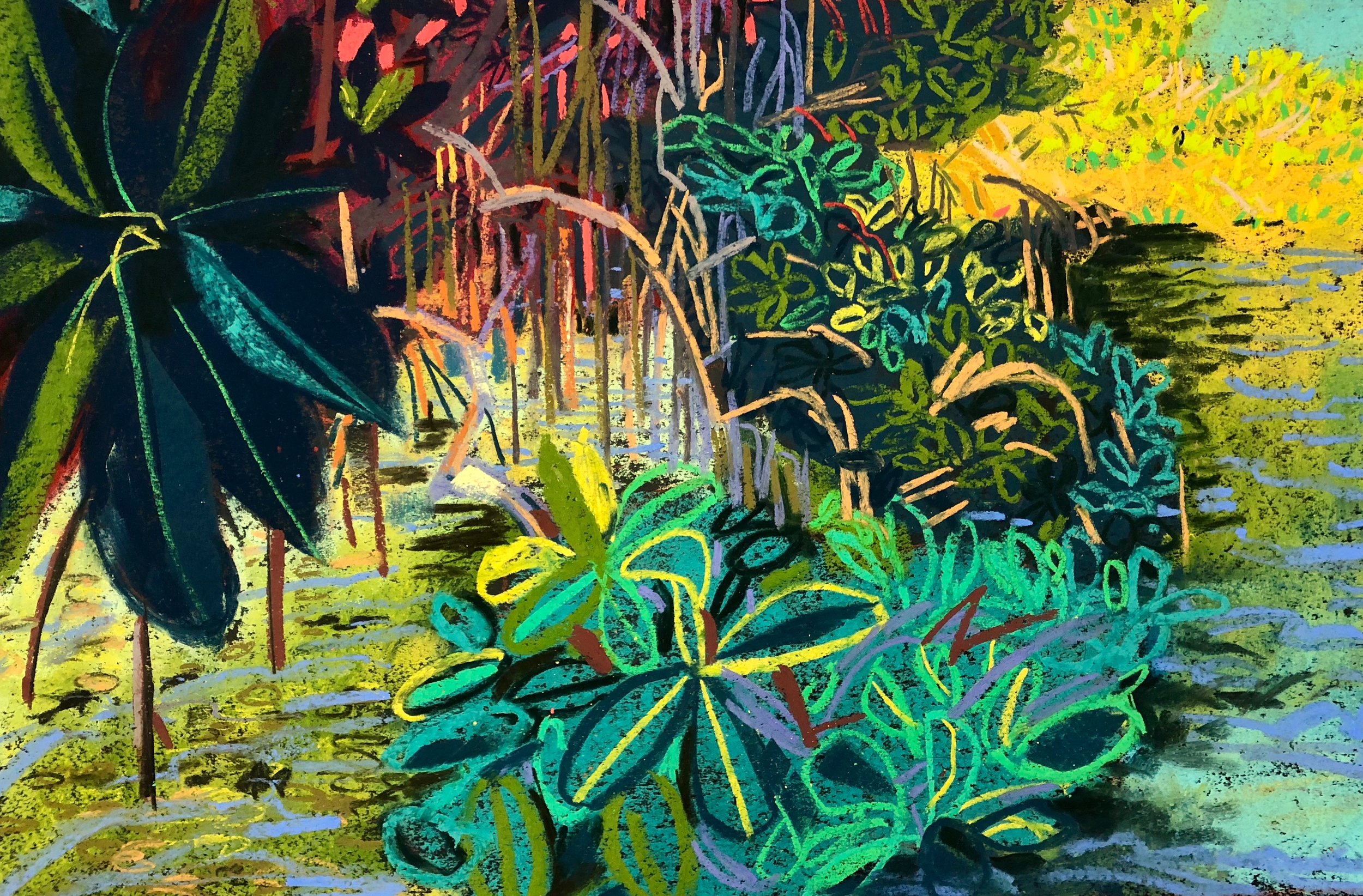Sequoia/Kings Canyon National Park is known for being home to the world’s largest trees, but before you can get to them, you climb up through the foothills of the impressive Sierra Nevada. In spring, the hillsides bloom with brilliant wildflowers, bees, deer and new life.
Orange poppies, purple redbuds, and turquoise streams transform the landscape into a verdant mosaic. Blooming spires of the yucca stand taller than a person, cascading with creamy white flowers. Red newts crawl among the wildflower meadows near streams searching for places to lay their eggs.
But beyond the foothills, lie the forests. As you drive higher, the trees become taller, filled with the moisture of the warm ocean air and fog. Soon, massive orange trunks begin to appear between the darker trunks of the pines.
Thick, with bark like a woolly mammoth, they grow, glowing among the other trees, like alien giants.
General Sherman is the largest known single-stem tree in the world (by volume). It is 275 feet tall, 102.6 feet circumference at the base, and weighs an estimated 2,105 tons. It’s largest branch is 6.8 feet in diameter. It is estimated to be between 2,300 and 2700 years old. That a tree of this immensity is not the tallest, the widest, or the oldest tree in the world is even more incredible.
Only the Giant Sequoia could make a mountain feel small, but the mountains of Kings Canyon certainly hold their own!
I spent many hours wandering through the forests, touching their fire-scarred trunks that had been hollowed out like caves at the base of the still-growing trees.
Drawing among the giants, you begin to feel the immensity of the time on which they’ve grown in this place (which I have handily shortened for you in the above video).
You also sometimes witness a squabble between a pair of very loud squirrels!
As the sun begins to set, the amber light filters through the gargantuan trunks casting light like cathedral glass across the hillsides.


































































































































